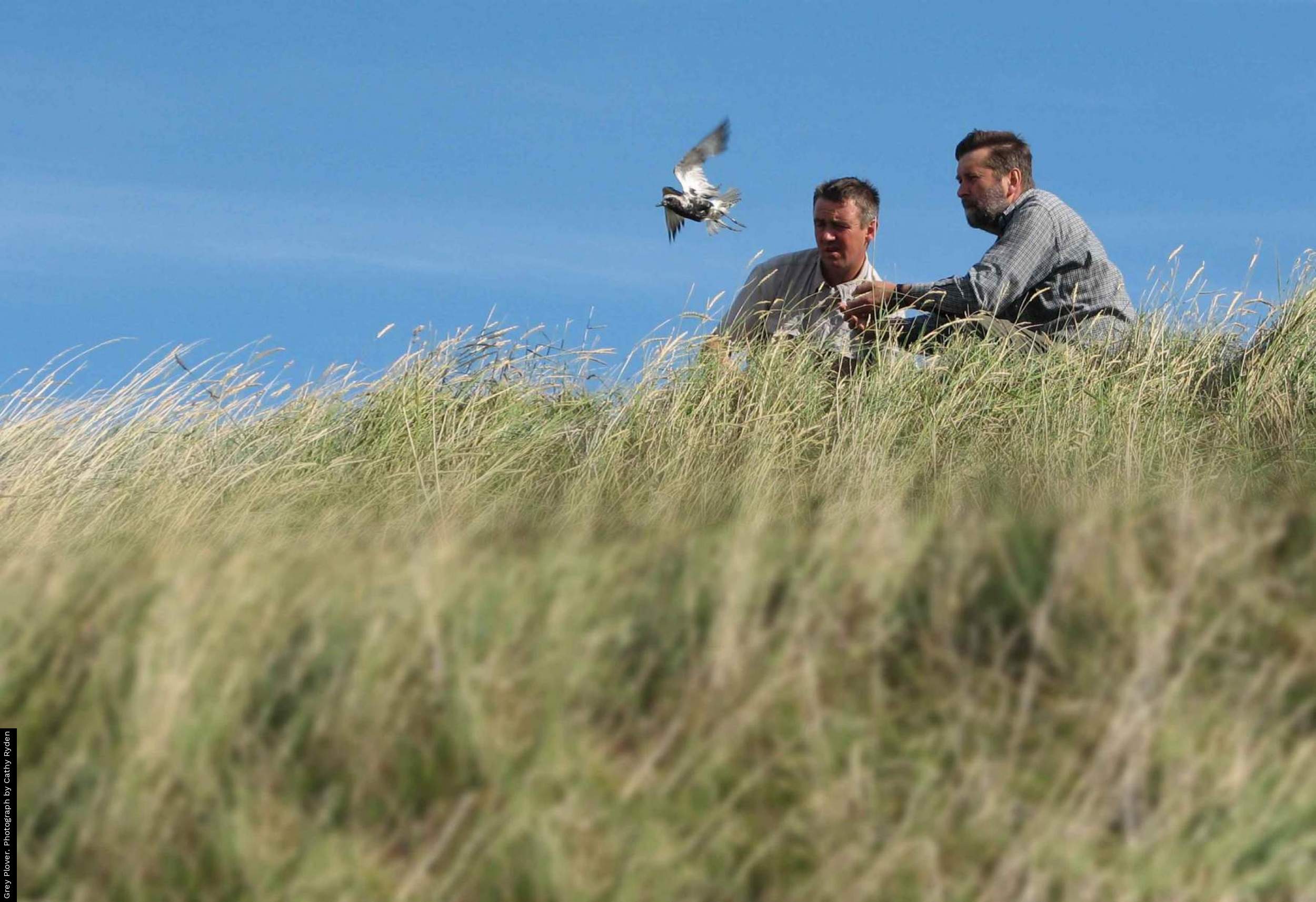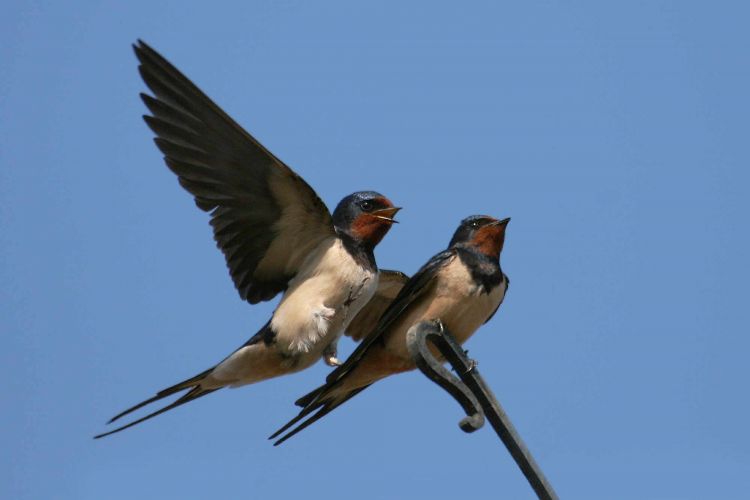Migration and the ecology of migrants
The ecology of migration, how events at different stages of the life-cycle interact and how these might change are important in understanding the mechanisms of population and distribution change, and the effects of environmental changes on migrant species. The BTO has a long history of migration research: the Ringing Scheme has gathered important information on bird movements for over 100 years and the recent development of the BirdTrack programme has further enhanced our ability to gather broad-scale data on migration patterns and phenology. Recent surveys (such as the Breeding Bird Survey and the Repeat Woodland Bird Survey) carried out by BTO and partners have highlighted recent rapid declines in migrants, particularly in those wintering in the humid zone of West Africa and much of our research is focusing on this issue. More recently, BTO has begun to use tracking technology to study migration in a range of species.
BTO takes an integrated approach to understand how and why migrant populations are changing. Long-distance migrants, particularly, are indicators of environmental conditions on their breeding, staging and wintering grounds. We need to be able to understand how the drivers of landuse and wider environmental change at all different stages of the life-cycle are impacting on survival and productivity and causing population change.
Our research is focused at different scales, from the individual bird to large ecosystem-based research projects. Much of our data comes from over 2,500 bird ringers, 500 nest recorders and 3,000 Breeding Bird Survey volunteers as well as research projects carried out by BTO staff, often in partnership with other organizations. We therefore have excellent information from the BTO’s monitoring schemes for the breeding season in terms of population change, changes in productivity and survival and these can be used to infer causes of population change. Our aim is to expand this and break the life cycle into its component parts to understand how and why migrant populations change.
For further information please contact Phil Atkinson.







Share this page